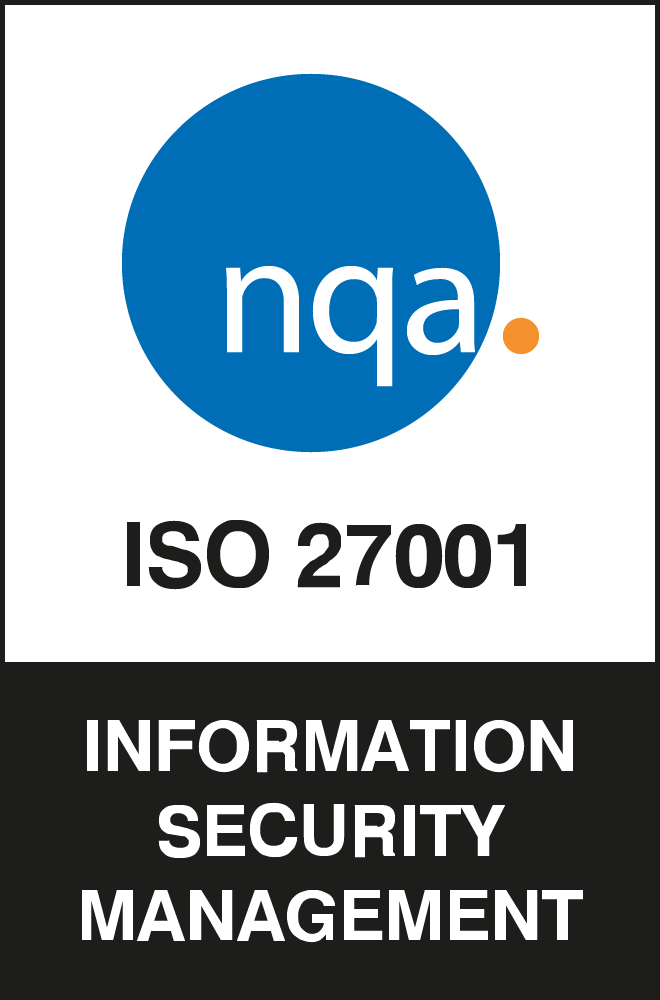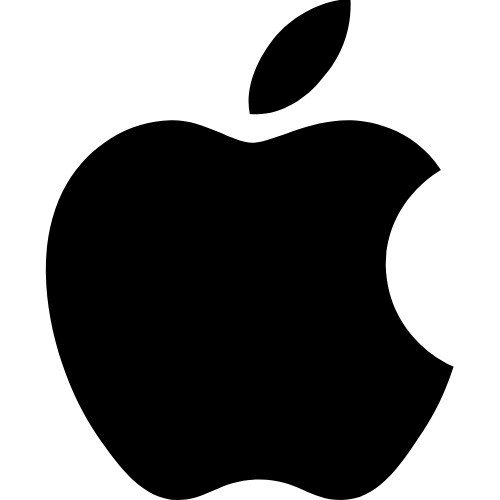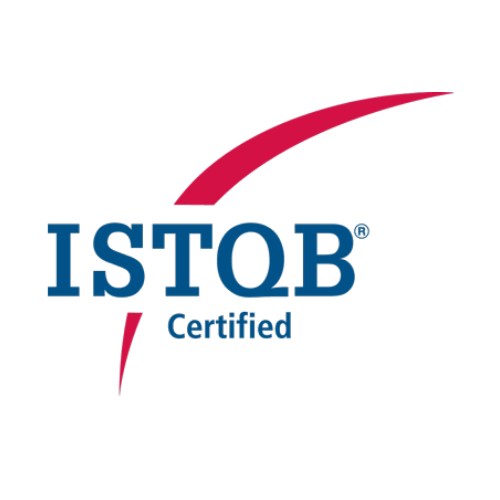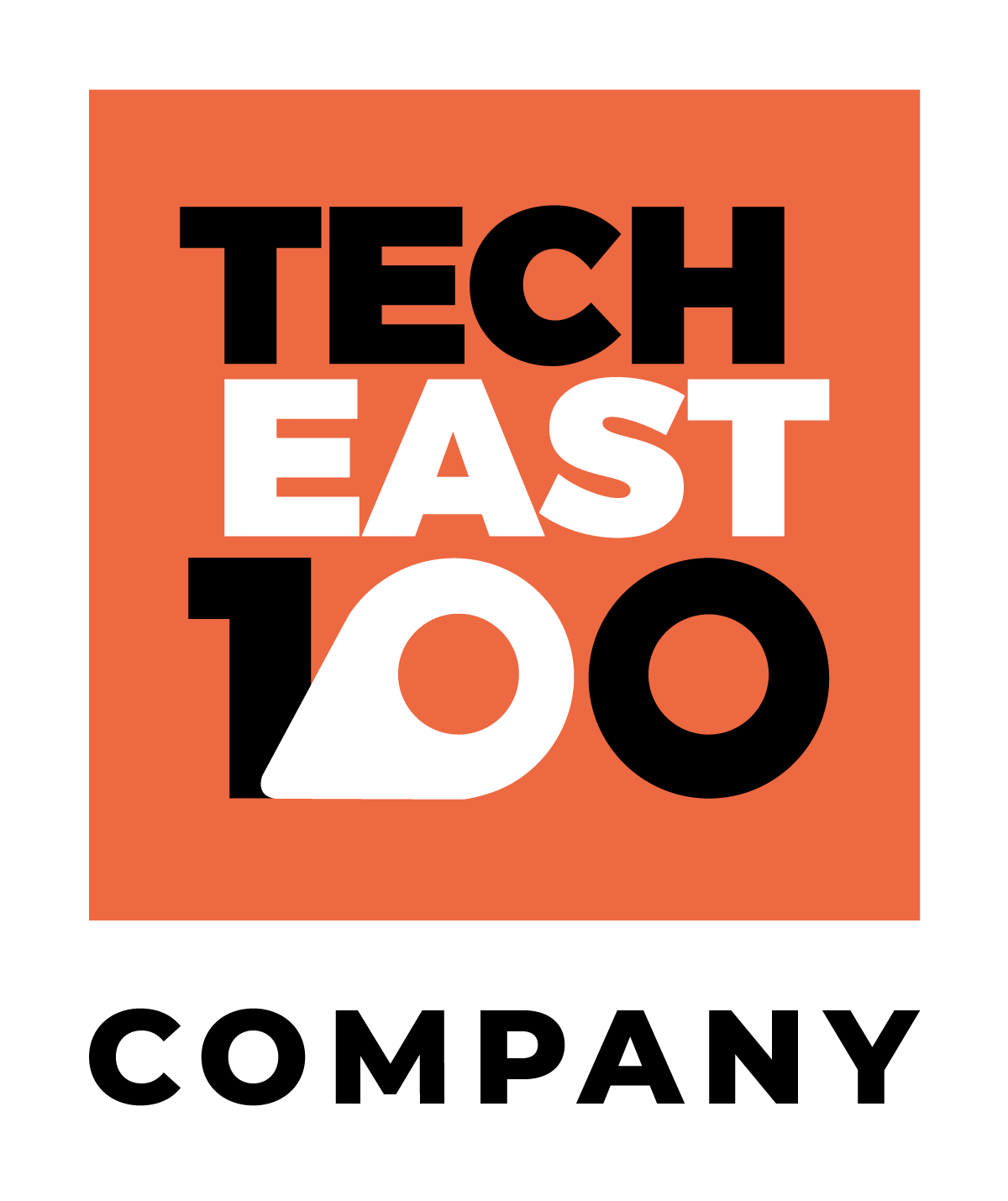As 5G technology rolls out across cities, users have more and more questions about its viability.
Many people see 5G as a great opportunity for programmers and developers to take advantage of high-speed application creation. However, there’s still great debate as to whether 5G will truly be beneficial for all.
If you want to learn more about the ins and outs of the new technology, you should take the time to read through our straightforward guide to 5G.
Who introduced 5G?
The answer to the question of who introduced 5G largely depends on who you ask. In the multi-billion dollar global race to launch the world’s first 5G wireless network, South Korea was in place to roll out the first of 5G networks through Samsung. Technically, they were the first, claiming victory over both China and the United States.
In response to South Korea making a public statement about being the first, the US attempted to refute South Korea’s victory. Both American companies, AT&T and Verizon Wireless countered their statement with claims of “announcements” to roll out 5G in certain cities. AT&T argued that its plans to launch 5G in December of 2018 made them the first to introduce the new network.
If you take a closer look at AT&T’s 5G “plan,” you’d see how they fall short of the victory. AT&T planned to launch its 5G network in only 12 US cities. However, 5G would only be available for mobile hotspot devices – not mobile phones.
Verizon made claims that they had already launched their 5G network, before South Korea’s tech giant and AT&T’s claim. Of course, their idea of a “launch” was offering the 5G network to two cities – Chicago and Minneapolis. It was also only available on the new Motorola phone.
In addition to the race against the clock, the United States rocked the boat further. The country claimed that the Chinese company Huawei, one of the companies responsible for building the 5G infrastructure, was manipulating the system. Huawei was accused of creating “back doors” within the infrastructure so that the Chinese government could spy on political and economical opponents.
Clearly, it’s a big deal to be seen as the world’s first to implement a 5G network. If you’re judging by time, South Korea launched 5G on April 3, 2019, at 11:00 p.m. local time. This was just hours before Verizon’s “surprise” launch.
How does 5G technology work?
5G stands for the fifth generation of wireless technology. Each generation is technically defined by its data transmission speed. They’re also marked by a break in their encoding method, otherwise known as their “air interfaces.” What that means is that each new generation is incompatible with the last.
5G technology is in the works to create an exceptionally large gap between itself and its 4G LTE predecessor. Where we are currently with 5G technology still depends on 4G’s initial connections. These connections are referred to as “non-standalone.” While 5G architecture is moving towards “standalone” platforms, devices with 5G capabilities still have to rely on 4G and LTE connections for things such as voice calls.
Like the preceding cellular networks, 5G uses a system of cell sites. These cell sites divide their coverage into sections and send encoded data via radio waves. Each cell site has to connect to a base network, whether through a wired or wireless backhaul connection.
What all this means is that 5G and 4G currently work on an integrated network to provide users continuous connectivity. However, the integration works over 5G’s architecture. That would include a radio access network and a core network.
Radios access networks consist of several facilities, including towers, small cells, cell sites, masts and dedicated in-home or building systems that connect users to the core network. The core network acts as a central server that manages the exchange of data as well as mobile voice and internet connections.
The ultimate goal of 5G technology is to transmit data faster by utilising radio access networks to reduce latency.
What are the features of 5G technology?
5G technology has the capacity to run on any frequencies. The primary three frequencies to use include low, middle and high. Unlike 4G, 5G technology opens up “high-band” or short-range airwaves. This allows it to transmit data more rapidly. However, 5G’s speeds are directly related to how many channels are available as well as how wide the available channels are.
Emerging 5G networks will feature the following:
- Predicted speeds up to 10 Gbps (a 100-time increase of what 4G had to offer)
- Lower latency for faster data transmission
- Enhanced capacity to allow the seamless communication of thousands of devices – this is something that will improve a business’s scalability and allow other networks to access unlimited applications
- Increased bandwidth will allow for a larger amount of data transmission at one time
- Availability and coverage that is farther reaching than other generational predecessors
Eventually, 5G will become a standalone network, operating on high-band radio waves. Once 5G is finally operating as such, virtually everyone will be able to take advantage of the above 5G connection features.
How can we define a 5G network?
One of the simplest ways to define 5G is by recognising it as the next global wireless standard. As mentioned above, each generation is typically defined by its data transmission speed. 5G is at minimum, 100 times faster than it’s fourth-generation predecessor.
5G was also designed to be the network for the Internet of Things (IoT). IoT describes a multitude of devices that have the capacity to connect to the internet, communicate with other wireless devices and use embedded sensors. This entire concept impacts how people do everything in their daily lives from tracking their heart rate to sending emails to keeping their homes secure.
For the 5G network to achieve its full potential, the development of radio access networks must be completed. This will allow 5G to operate consistently on high-band airwaves rather than whichever frequency of the three (low, middle and high) are available.
The International Telecommunications Union (ITU) has released a number of reports regarding the standards for which the 5G network should be defined. The reports are referred to as the International Mobile Telecommunication (IMT)-2020 Network.
So, a 5G network is defined by its speed, bandwidth and the standards held by the ITU.
5G communications: Which countries are using 5G technology?
As of right now, South Korea, China and the United States are leading the way in the building and deployment of 5G technology. However, 5G technology is also available in the following countries:
- Australia
- Canada
- Finland
- Germany
- Greece
- India
- Ireland
- Italy
- Japan
- Mexico
- Monaco
- Netherlands
- New Zealand
- Norway
- Philippines
- Poland
- Romania
- San Marino
- Singapore
- South Africa
- Spain
- Suriname
- Sweden
- Taiwan
- Thailand
- Ukraine
- United Arab Emirates
- United Kingdom
- Uruguay
- Vietnam
- Qatar
However, the current availability of 5G in most of these countries has been greatly affected by COVID-19. Additionally, the total amount of available 5G coverage only spans over 378 cities. That means that 5G technology has not yet been deployed to the entire extent of each country.
What are the benefits of 5G?
The main features of 5G technology are what give the newest generation of wireless connectivity its advantages. 5G speeds and data transmission open the doors to an infinite number of possibilities, including but not limited to:
Faster Speed Transmissions
Speed transmissions for data under 5G technology will have a minimum of 10 Gbps. However, they will have the potential to reach 20 Gbps. Higher speed means being able to access files, programs and remote applications without having to wait.
Additionally, the use of cloud networks to aid in speed transmissions will allow for more external data storage. That means each person using 5G technology will have less data accumulation on their hard drives, enabling faster processing speeds.
Lower Latency
Latency is the time that elapses between when we give a command to our computer or smart device and when the action is carried out. With 5G technology, the latency is sped up by 10 times the speed of 4G technology. That means being able to carry out commands and actions in real-time.
Lower latency clears the path for more remote collaboration and overseeing for business within every industry. Doctors can consult patients in real-time as logistics managers will have complete control over their automation from afar.
More Connected Devices
With 5G technology, the number of devices that can connect to the network will increase by large proportions. More specifically, the connectivity will increase by a scale of one million per square kilometer. All devices with the ability to connect will have instant access, favoring the IoT concept as everything can be done in real-time.
This could pave the way for “smart cities” and autonomous vehicles.
Network Virtualisation
The implementation of virtual networks also referred to as “network slicing” is also an advantage of 5G technology. Network slicing is essentially the creation of subnets, which allow for more airwaves and more specified connectivity.
By creating subnetworks, each part of a network can become programmable, allowing for prioritisation. For example, applying a subnet could benefit emergency response teams by prioritising their network connection. This would reduce the latency of emergency calls on an overloaded network, resulting in quicker response times.
Real-Time Detection Capabilities
With the projected 5G speeds, everything will be done in real-time. That means faster monitoring for natural disasters such as tsunamis, hurricanes, wildfires and more. Faster detection means faster evacuation and safety measures for those living in the affected areas.
Additionally, real-time detection and monitoring can support missing person investigation cases. In fact, the overall crime rate will decrease as law enforcement and government officials will have a more extensive reach as to what they can monitor.
What are the negatives of 5G?
Of course, as exciting and promising as 5G technology is, it does have its downsides. 5G technology has been researched, conceptualised and refined to solve all radio signals and mobile network problems. Although 5G networks are cropping up in larger cities, the technology itself is still undergoing research to work out the kinks.
Some of the negative aspects of 5G technology include:
Building Penetration
The primary negative of 5G technology is that its frequency waves will only be able to travel a short distance. WiFi doesn’t travel as far as cellular data and even cellular data has its limitations. For example, it must travel in a straight line to complete the connections.
That means that things such as buildings, trees and other structures could potentially block or absorb the airwaves’ frequency signals. Rain may even cause interruptions in connectivity.
Battery Drain
Phones running on 5G networks may experience a significant battery drain. Once 5G becomes more prevalent, battery technology will have to be upgraded. Otherwise, users will experience extreme battery drainage and possible overheating.
Device Upgrades
Most current devices aren’t equipped to handle 5G connections and technology. To gain access to 5G, users would have to upgrade their smartphones and other devices which can become costly.
Upload Speeds
As of right now, we rarely see upload speeds above 100 Mbps. This is something that may not change with 5G technology, although it’s expected.
Lack of Widespread Coverage
5G network coverage is currently limited to specific cities and other narrowly defined areas. Carriers are expected to follow the rule of implementing the new 5G technology within areas of the highest population. For those who live in remote areas, it might be a while before they can reap the benefits of 5G.
5G carriers are most likely to limit their spending on only areas with certain numbers. This means that in some cases, remote areas may never receive 5G coverage.
Is the world ready for 5G?
5G technology promises to bring us a better and more connected place. While all new technology has its pros and cons, all we can do is look to the future and continue to improve. 5G connections are the future – of home internet, industrial internet and everything in between.
Building mobile apps to take full advantage of the above technology capabilities needs an experienced development team to re-evaluate your app offering and how you can take your product to the next 5G level.
At Coderus, we understand how to consider these new technologies and how the end user will interact and benefit from it, through our previous wireless technology integration work along with our expertise in app design, app development, IoT and more.
Reach out to us today to see how we can help you get your next project started.























